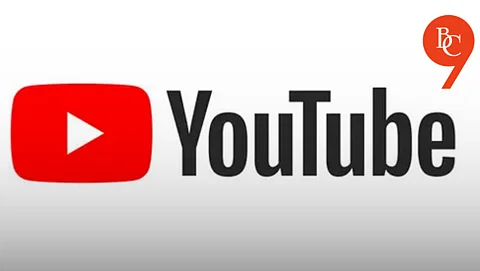

YouTube has announced that it will raise the minimum age requirement for live streaming from 13 to 16 years old. The updated policy, set to take effect globally in August 2025, reflects the platform’s ongoing commitment to safeguarding minors and addressing growing concerns around digital well-being.
Live streaming has become a powerful tool for self-expression, creativity, and community-building among young people. However, it also exposes minors to unique risks, including cyberbullying, inappropriate interactions, privacy breaches, and exposure to harmful content. Over the past few years, parents, educators, and child safety advocates have called for stricter measures to protect children and teens on digital platforms.
YouTube’s decision follows a series of consultations with child safety experts, digital rights organizations, and government regulators. The company stated that increasing the minimum age for live streaming is a proactive step to reduce the likelihood of young users encountering harmful situations in real time.
YouTube’s move comes amid a broader industry trend of tightening age restrictions and safety measures for minors across social media platforms. TikTok, Instagram, and Twitch have all introduced enhanced privacy settings, content filters, and parental controls in response to mounting pressure from lawmakers and advocacy groups.
By raising the minimum age for live streaming, YouTube aims to set a new standard for youth protection in the digital age. The company emphasized that the policy is part of a larger suite of safety initiatives, including improved content moderation, AI-powered detection of harmful behavior, and partnerships with child safety organizations.
While some young creators and their followers may be disappointed by the new age restriction, many experts believe the benefits far outweigh the drawbacks. According to digital safety advocates, live streaming poses unique challenges for moderation, as harmful interactions can occur in real time and are harder to control than pre-recorded content.
Parents and educators have welcomed the change, noting that it gives teens more time to develop digital literacy and resilience before engaging in live, unscripted broadcasts. YouTube has also pledged to support young creators through alternative avenues, such as Shorts and pre-recorded videos, which remain available to users aged 13 and up.
